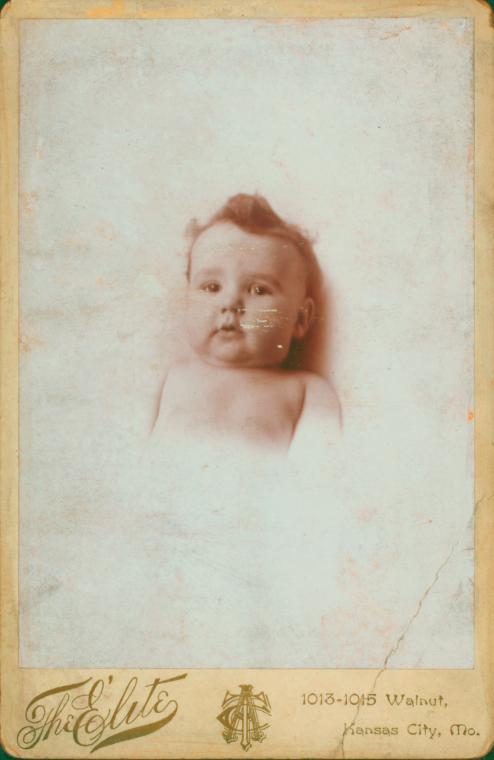Archives
Recording the Life of a Dancer
An oral history interview is a lot more than just any old conversation or sound recording. Although the definition of oral history is dynamic, it usually refers to the collecting of individual histories, according to specific ethical and methodological guidelines, and the responsible preservation and archiving of those recordings. While human history has been collected and shared orally for thousands of years, oral history as a modern organized activity is said to date only to 1948 when Allan Nevins began the now highly respected program at Columbia University. If you would like to learn more about the lively field of oral history, the Oral History Association is a wonderful resource.
Here at the New York Public Library for the Performing Arts I have had the honor of developing and safeguarding the work of the Dance Oral History Archive and Project for almost twenty years. Part of my role is not only deciding who the project records, but how. To this end the interviewer and I look together at what areas of the subject's career might lack documentation and, more generally, what would be the most effective strategy to develop a useful interview for future generations of scholars. Because we believe that dance oral histories are a unique opportunity to explore the relationship between the artist, their art, and the world in which they live, we try to allow sufficient time in the sessions to explore the subject's life history — their childhood and family background, their education and various life milestones.


By developing oral histories that are as comprehensive as possible, the interviews potentially become useful primary sources for a whole spectrum of researchers. A future scholar, for example, might consult an oral history not only to better understand an individual artist's work, but as part of a comparative study of artistic development or education.
![[Agnes De Mille (director and choreographer) in rehearsal with dancers in Allegro], Digital ID 1809296, New York Public Library [Agnes De Mille (director and choreographer) in rehearsal with dancers in Allegro], Digital ID 1809296, New York Public Library](https://images.nypl.org/?id=1809296&t=w)
A choreographer might listen to another artist's story, perhaps not only to hear about their dances, but about how they survived economically, found rehearsal space, paid their dancers, trained their bodies, got produced, had a relationship, or, in one of the greatest mysteries of all for women dancers, raised children!

In the newest selection of oral histories posted to the Dance Oral History Channel, we have included the entire first CD of the interview. The opening segments of our interviews often tend to be the most personal, so while the listener may get less specific information about the dances, they may learn more about the factors that contributed to the development of the artist's point of view; the soil and the air in which their creativity first blossomed.
We hope that you will enjoy the newest additions to the Channel:
Read E-Books with SimplyE
 With your library card, it's easier than ever to choose from more than 300,000 e-books on SimplyE, The New York Public Library's free e-reader app. Gain access to digital resources for all ages, including e-books, audiobooks, databases, and more.
With your library card, it's easier than ever to choose from more than 300,000 e-books on SimplyE, The New York Public Library's free e-reader app. Gain access to digital resources for all ages, including e-books, audiobooks, databases, and more.
If you don’t have an NYPL library card, New York State residents can apply for a digital card online or through SimplyE (available on the App Store or Google Play).
Need more help? Read our guide to using SimplyE.